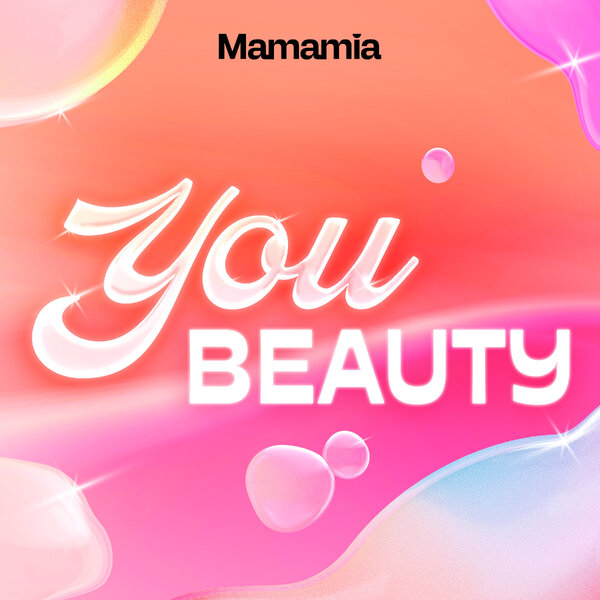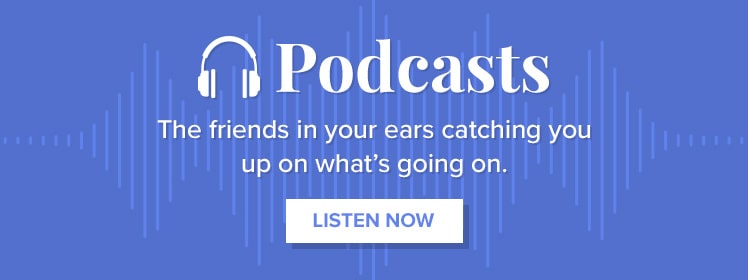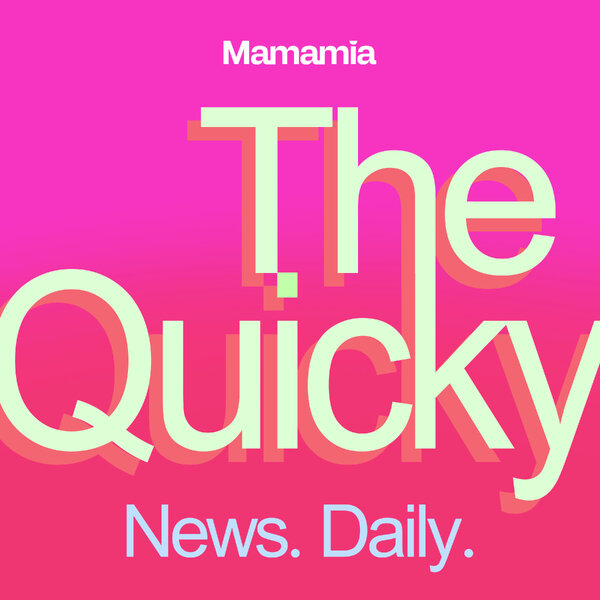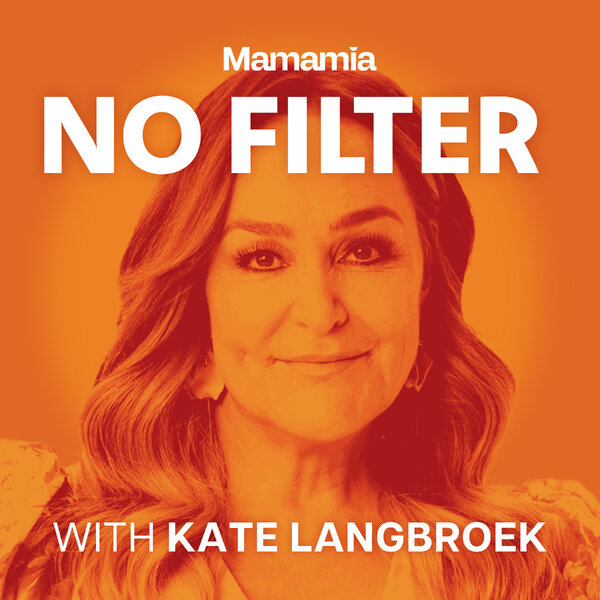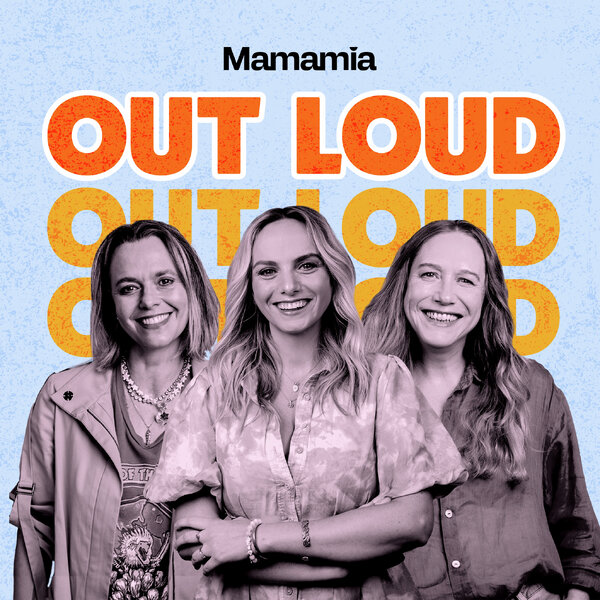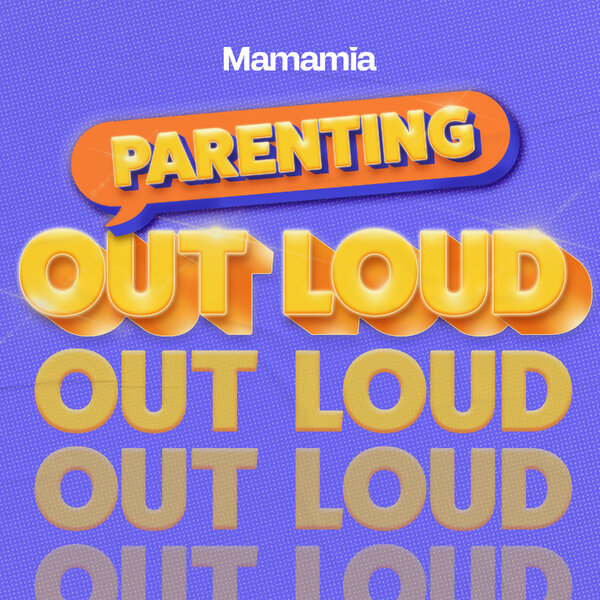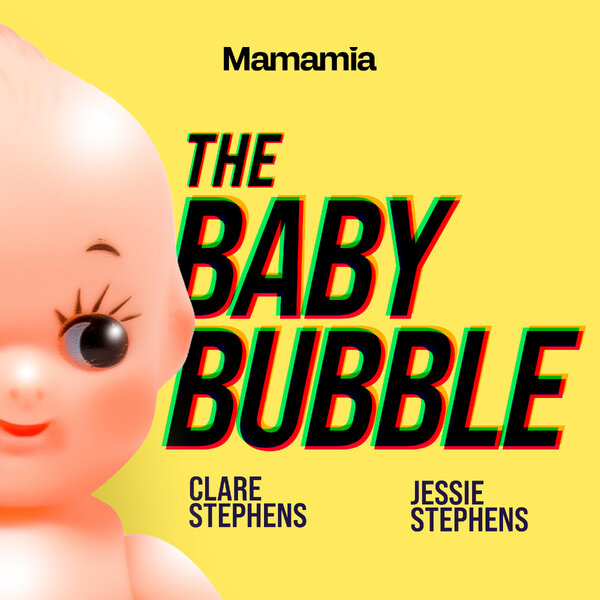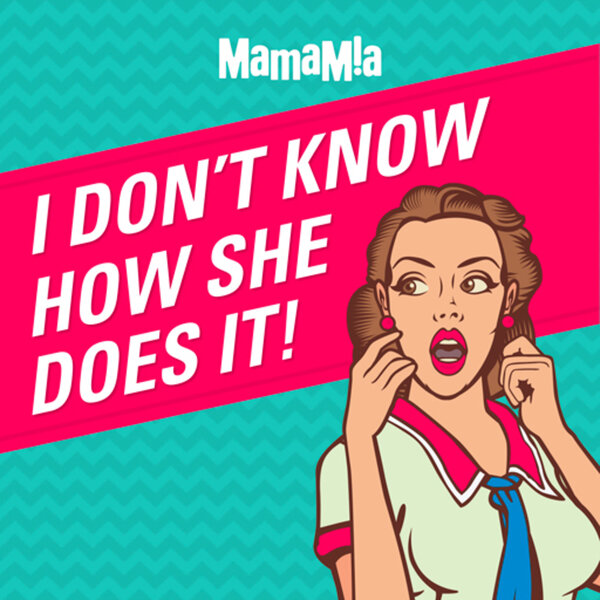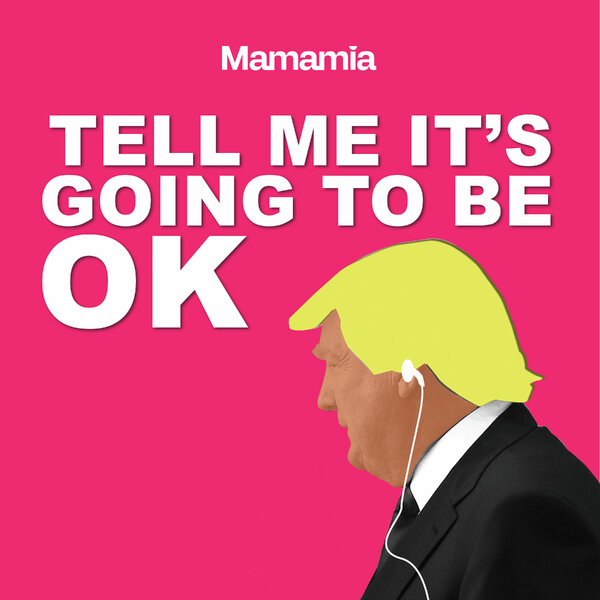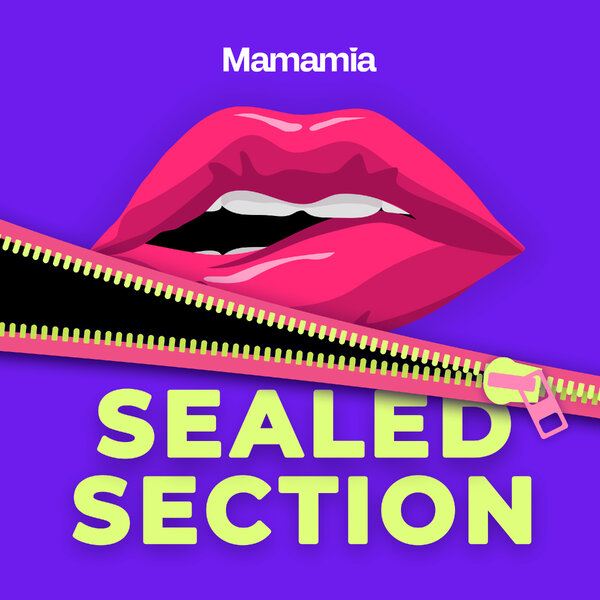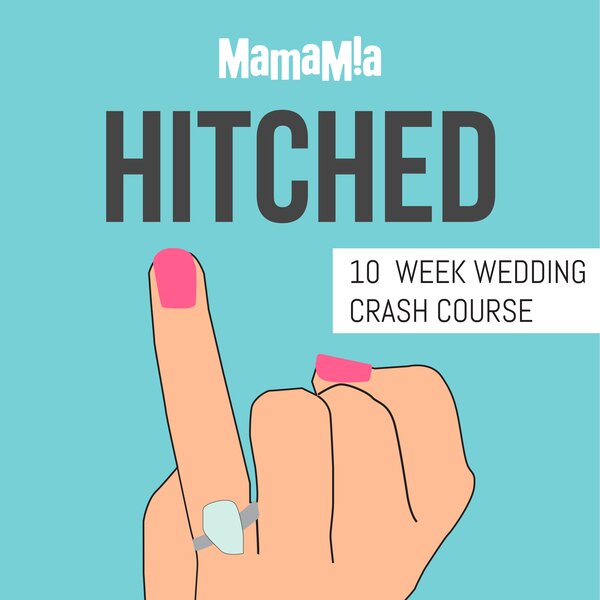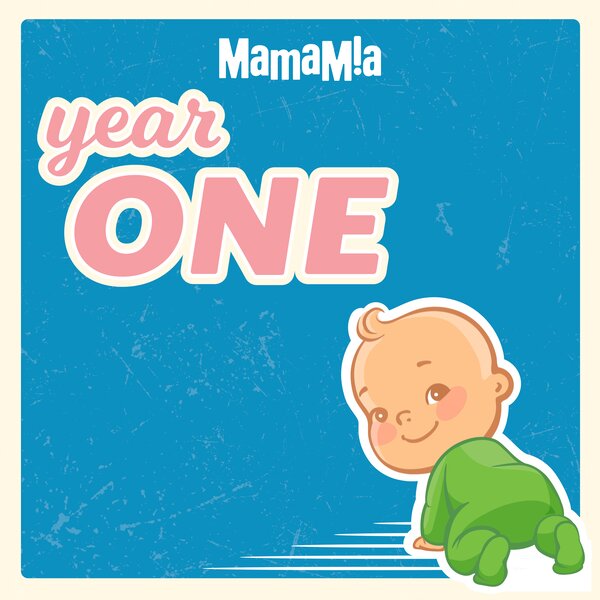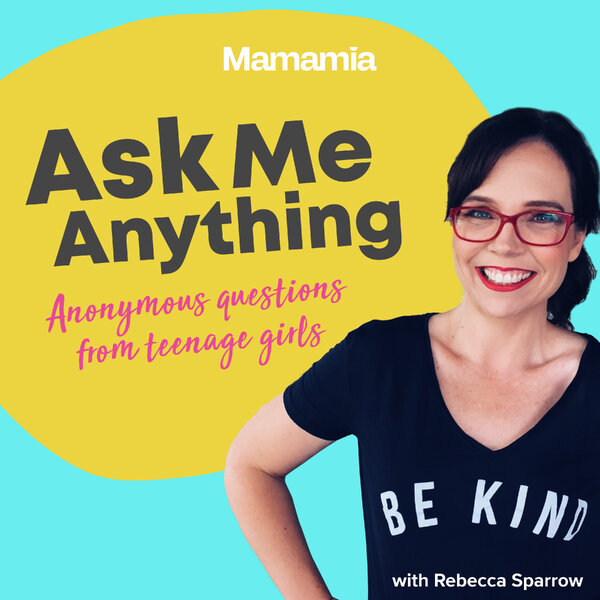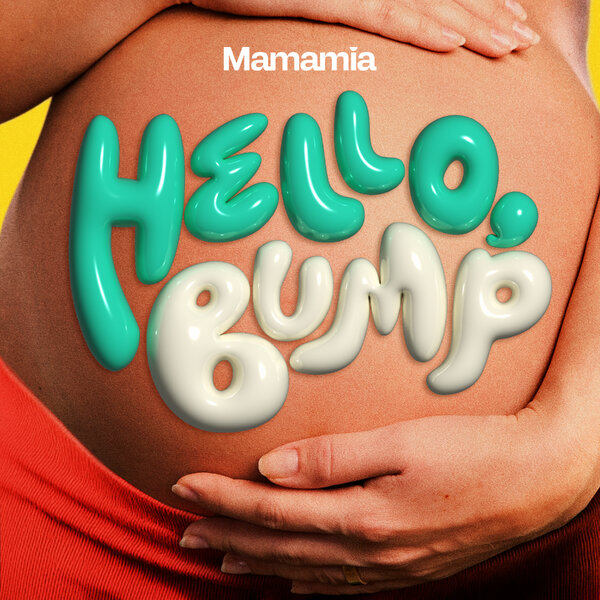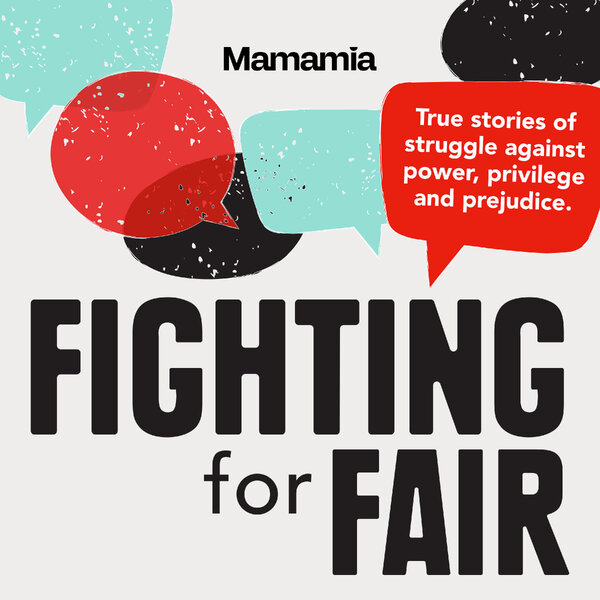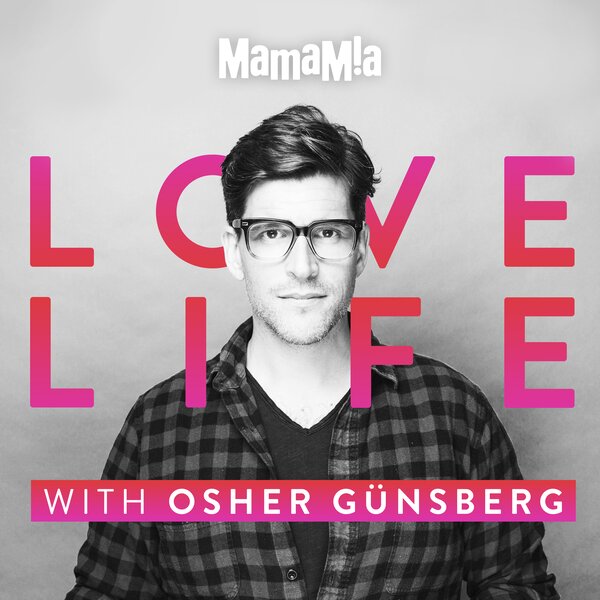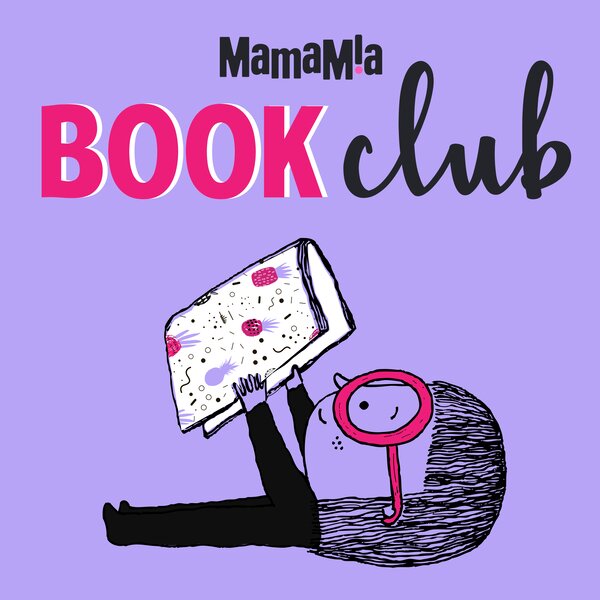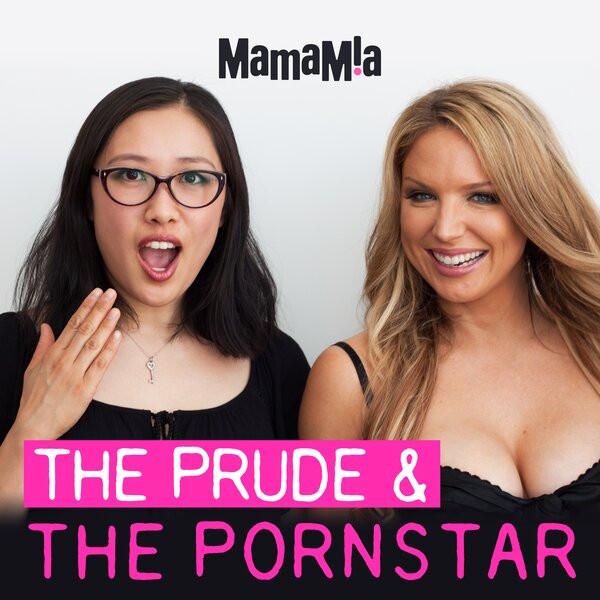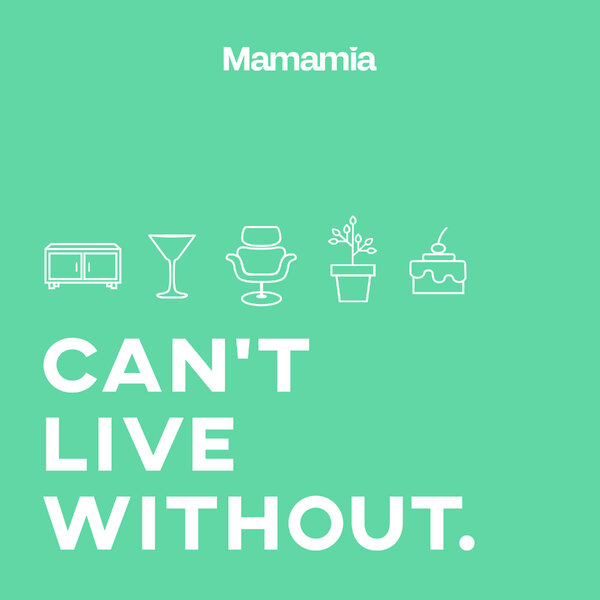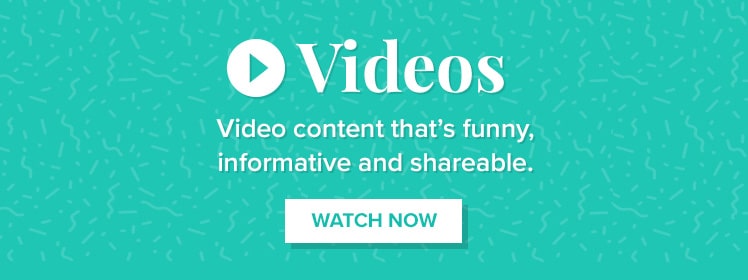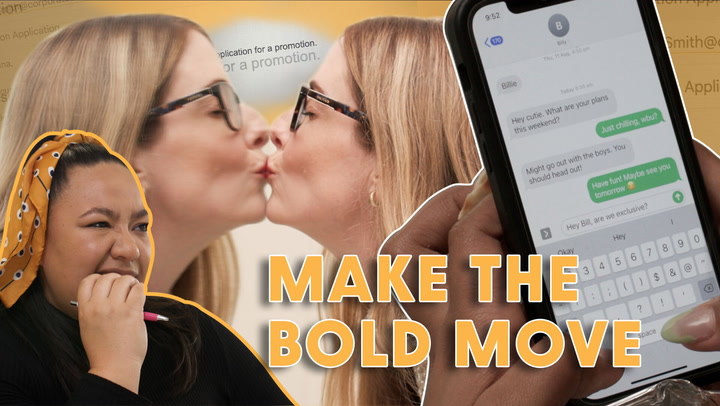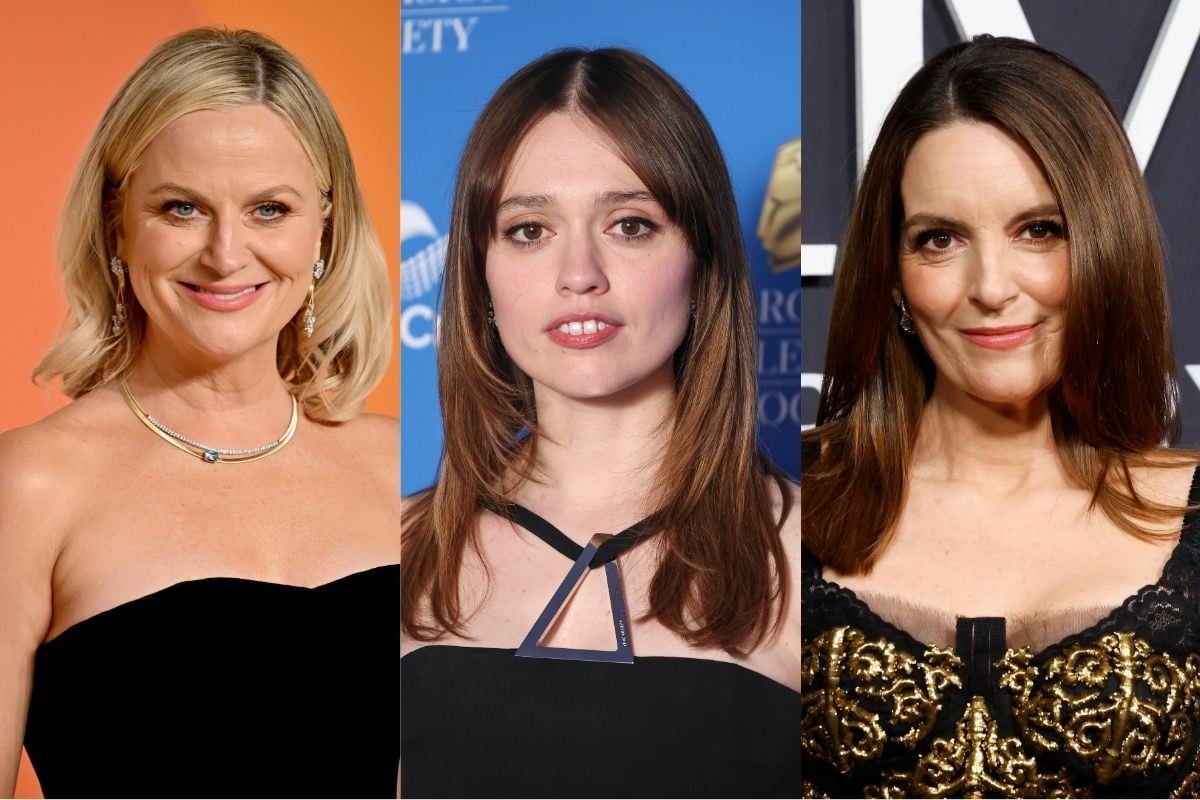
It's been around for seven decades, but thanks to a slew of influential celebrities, the idea of the Enneagram is back.
Creator of The White Lotus, Mike White, had every cast member take the test before they filmed in Thailand. He then "diagnosed" each character by the Enneagram, too. (Spoiler: Leslie Bibb and her character, Kate, were both a 1).
Amy Poehler is reportedly into it, making all her friends take the test, including Maya Rudolph and Tina Fey. It was Tina who said it was more accurate than horoscopes (she's a 3 by the way). Glennon Doyle just admitted she was a 4 in her latest newsletter. So what actually is the Enneagram test?
Watch: No, we're not ready to stop talking about The White Lotus yet. Post continues below.
Put simply, it's a personality test where you are classified as a number. This number is interconnected with others on the Enneagram (that's a nine-pointed "shape", by the way, invented by ancient Greeks — think Pythagoras). Your number is supposed to reveal your motivations, priorities, dominant characteristics and even fears.
And Aimee Lou Wood said Mike White was "obsessed with it", telling the Hollywood Reporter, "We all wanted Mike's affection and his approval, even though he's usually the most chill person on set, everyone did the test. And then everyone was like, 'Oh God, have I got a bad number? Have I got one that Mike doesn't like? Oh God, oh God.' Everyone was so nervous to tell Mike what our number was, which was so funny."
